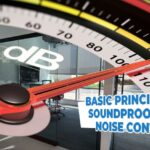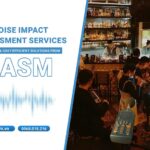Conducting sound attenuation testing is essential to evaluate the acoustic performance of air ducts and determine the most effective noise reduction solutions.
Air duct systems play a crucial role in industrial, commercial, and residential buildings by ensuring proper air circulation and fresh airflow. However, without proper soundproofing, these ducts can generate excessive noise, negatively impacting work and living environments.
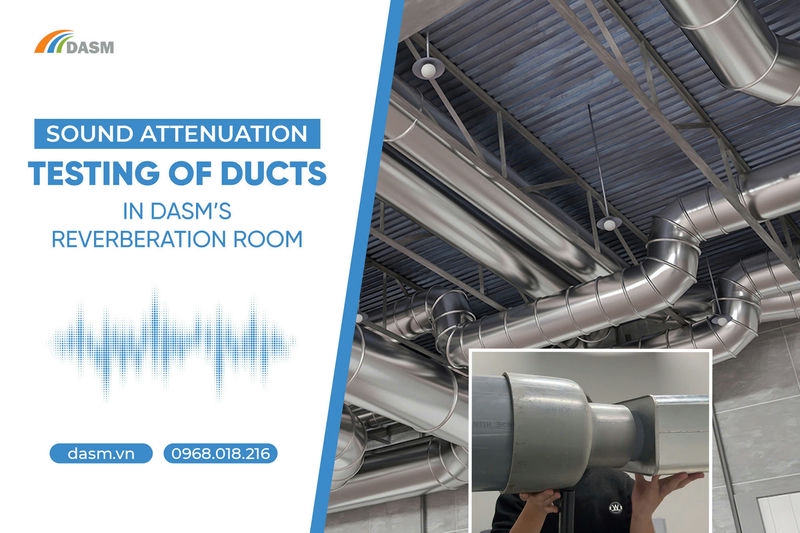
Sources of Noise in Air Duct Systems
According to acoustic and construction experts, noise in air duct systems can originate from several factors:
Aerodynamic noise: Generated by air movement at high speeds, especially at bends, junctions, and branching points.
Fan noise: Created by supply and exhaust fans, which can produce vibrations that propagate through the duct system.
Structural noise: Caused by vibrations in duct materials, particularly if proper vibration damping measures are not applied during installation.
Acoustic Absorption Testing Service at DASM Institute According to ISO 354 & ASTM C423
Adapter Noise Measurement According to ISO 3745-2012 – Quality Inspection at DASM Institute
DASM Anechoic Room – The Most Advanced Sound Absorption Room in Vietnam
Standard Procedure for Sound Attenuation Testing
Step 1: Preparation of Testing Equipment and Environment
Duct sample: Can be circular or rectangular, made from various materials.
Acoustic measuring devices: Sound pressure level meters (dB), measurement microphones, vibration sensors.
Testing environment: Acoustic laboratory or real-world conditions.
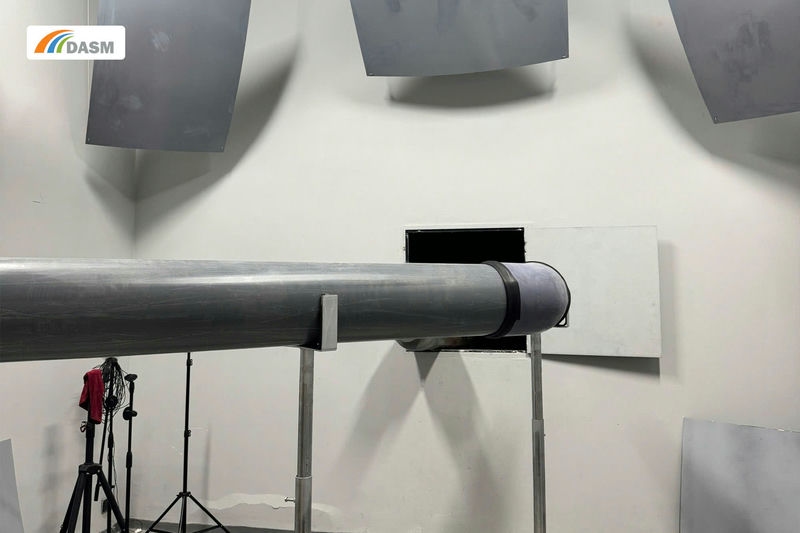
Step 2: Measuring Sound Attenuation Performance
Measure input noise (sound level before entering the duct).
Measure output noise (sound level after passing through the duct).
Compare noise level differences to assess sound attenuation efficiency.
Factors such as material thickness, internal sound-absorbing layers, duct length, and structure all affect the duct’s noise reduction capabilities.
Solutions for Reducing Air Duct Noise
Based on test results, the following solutions can be applied to reduce noise:
Adding sound-absorption materials: Using glass wool, mineral wool, ceramic fiber, PE foam, or vulcanized rubber inside or around the duct to absorb and block noise effectively.
Installing sound attenuation ducts: Specialized sections designed to minimize noise transmission.
Optimizing duct design: Reducing sharp bends, controlling airflow velocity, using vibration dampers, and securing the duct system to minimize vibrations.
Choosing low-noise fans: Modern fan designs can help reduce noise generation at the source.
Where to Conduct Accurate Sound Attenuation Testing?
If your project is experiencing excessive noise from air ducts and you need expert evaluation and solutions, contact DASM Institute for Acoustic Materials Research and Applications.
DASM operates Vietnam’s first VILAS-certified acoustic laboratory, accredited by the Vietnam Office for Accreditation (BoA). This certification guarantees compliance with international acoustic testing standards (ISO 7235, ASTM E477), providing accurate, reliable assessments of air duct noise reduction performance.
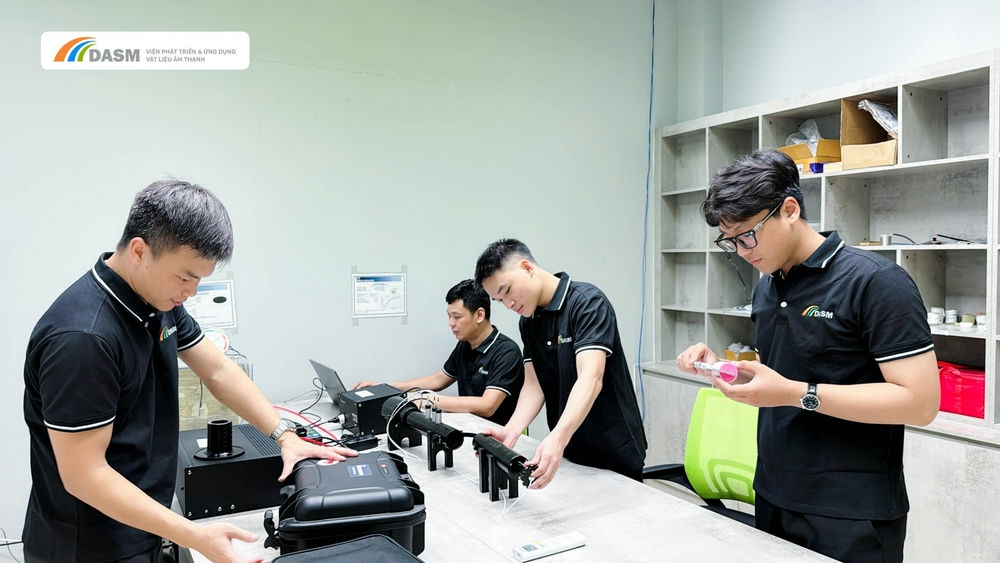
Why Choose DASM’s Sound Attenuation Testing Services?
✔ State-of-the-art testing equipment: VILAS-standard lab, high-precision frequency analysis, vibration and sound pressure sensors.
✔ Compliance with international standards: Ensuring reliable and comparable results.
✔ Expert analysis and consulting: A team of top acoustics specialists provides tailored noise control solutions.
✔ Comprehensive reports: For quality verification and product improvement, helping businesses enhance HVAC system efficiency and meet noise control regulations.
With a leading-edge approach to acoustic research, DASM guarantees precise and professional sound attenuation testing, helping businesses optimize air duct performance and ensure a comfortable indoor environment.
Need to evaluate the noise reduction performance of air ducts? Contact DASM today for VILAS-certified acoustic testing and expert consulting!


